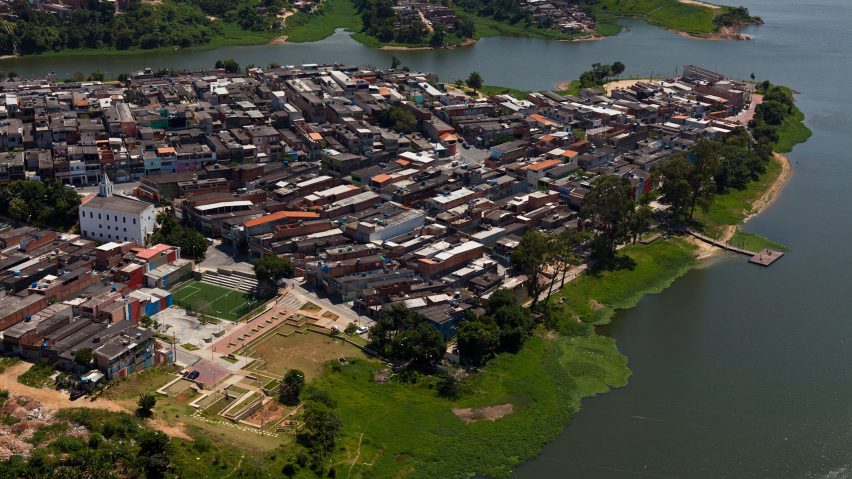
Cantinho do Céu in São Paulo demonstrates the power of public space
Our next Social Housing Revival series case study looks at the development of a series of favelas in São Paulo by Brazilian studio Boldarini Arquitetura e Urbanismo that take a new approach to informal settlements by prioritising social, communal spaces.
Beginning in 2008 and still ongoing, this project seeks to address the issues of displacement and forced eviction that plague Brazil's unplanned neighbourhoods by going beyond structural or infrastructural improvements.
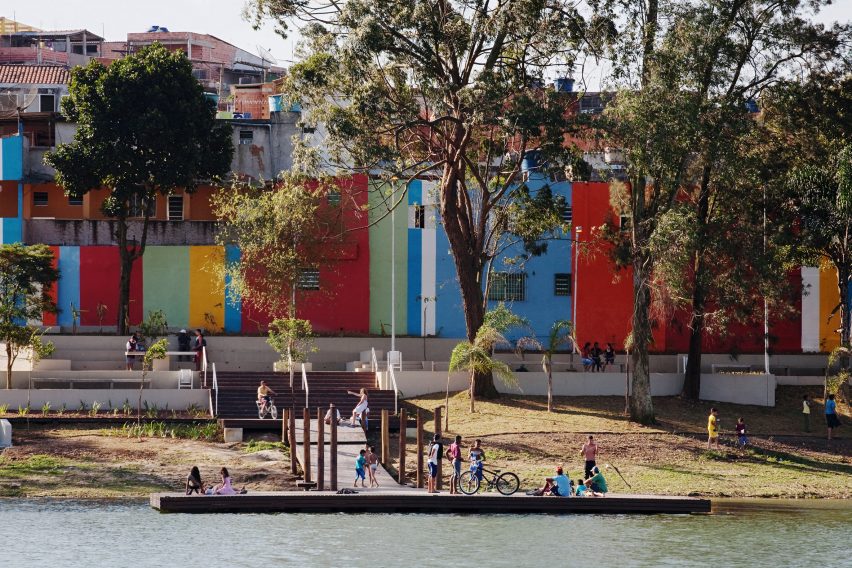
Named Cantinho do Céu – "A Place in Heaven" – the complex is comprised of three informal neighbourhoods bordering São Paulo's Billings Reservoir.
The area grew in the 1970s when developers illegally sold the land to those who could not afford to live in central São Paulo, and today it is home to some 70,000 people.
Despite the launch of the ambitious Minha Casa, Minha Vida (My House, My Life) social-housing programme in 2009, informal settlements like these continue to fulfil a vital need for affordable housing for millions of Brazilians.
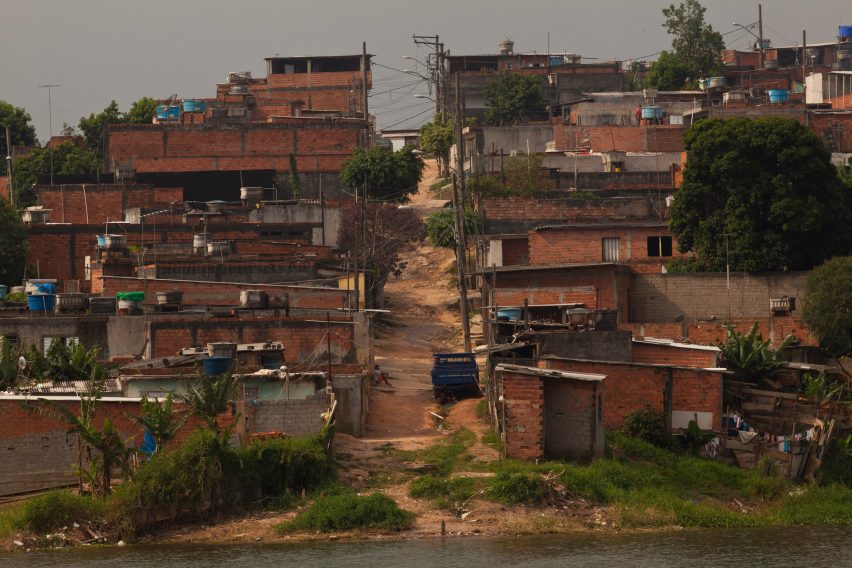
A lack of land rights mean favela communities are vulnerable to eviction and so many fight for regularisation but this also risks increasing the threat of gentrification and drawing these settlements into the same land and property systems that caused their existence in the first place.
At the Cantinho do Céu Complex, the Municipal Housing Secretariat of São Paulo (SEHAB) decided to take action in the face of a public civil action that would have led to residents being evicted from the area.

Using studies and guidelines developed by the SEHAB, Boldarini Arquitectura e Urbanismo was tasked with upgrading the area so that its residents could remain safely and with formalised land titles.
In particular, the municipality wanted to redevelop the reservoir waterfront – with the area not only at high risk of flooding but at also in danger of contaminating one of São Paulo's key fresh water supplies and nature reserves due to a lack of basic sanitation.
Boldarini looked to not only provide infrastructural improvements but also to consider how the complex might be better integrated with the surrounding city on its own terms, rather than forcing a model of "normal" urbanity onto it.
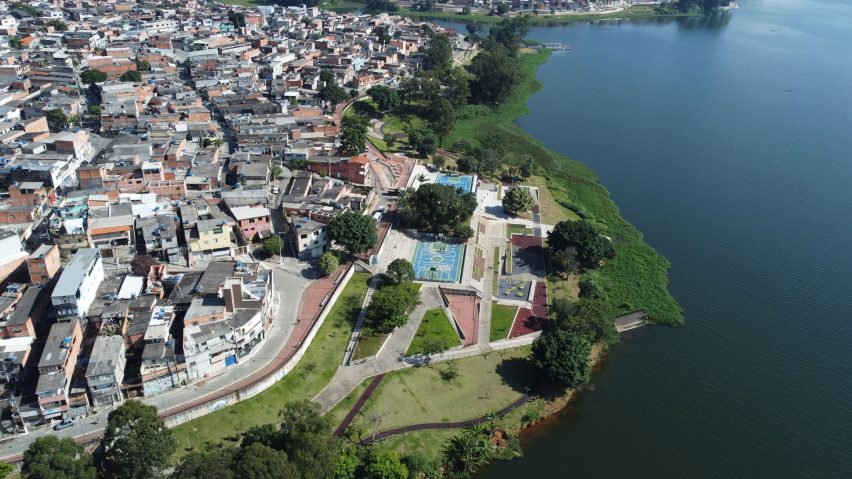
"Faced with the challenge of intervening in this area, which is a target for public civil action, consolidated, densely occupied, environmentally fragile, with large territorial dimensions and direct access to the Billings Dam, new, experimental projects were necessary," explained the studio.
"Against the current of what has been occurring with new private developments, these interventions seek to highlight the importance of public, collective space both to the city and to society," it added.
"This is guiding thread of the Cantinho do Céu urbanisation project: to reveal the importance of public and community space to the local population, transforming it into the main instrument for qualification of the neighbourhood."
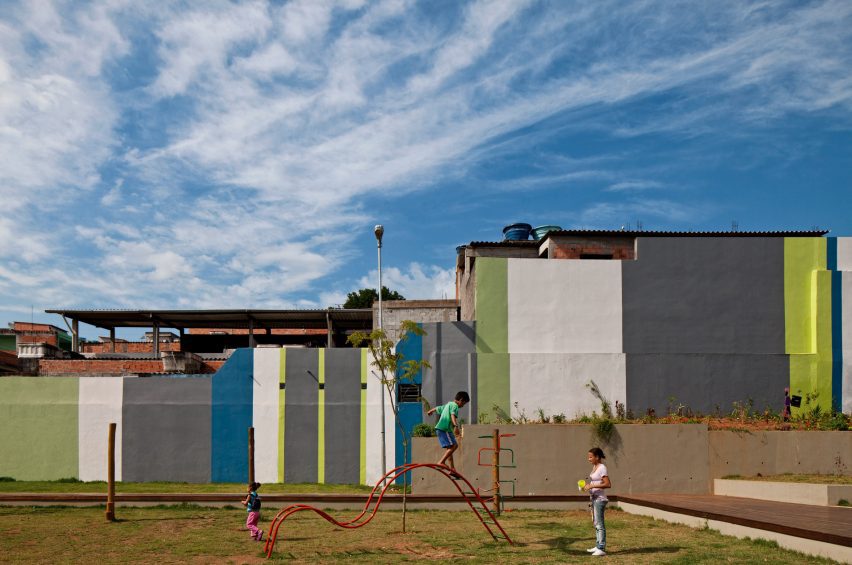
The scheme is focused around the most vulnerable area of the complex at the reservoir's edge. Due to the risks of flooding and being unable to integrate into a new sanitation system, the buildings that sat directly on this bank were demolished and their residents rehoused.
Using the space created, Boldarini created a vast, linear park that would both help restore some of the ecological balance to the area and also provide all residents with a social space fostering a closer connection to the waterfront.
This stretch of park was split into two categories – preservation and conservation and leisure and recreation – with the creation of a wooden jetty enabling residents to swim and sit by the water as well as areas of stepped concrete seating, winding paths and decked activity spaces.
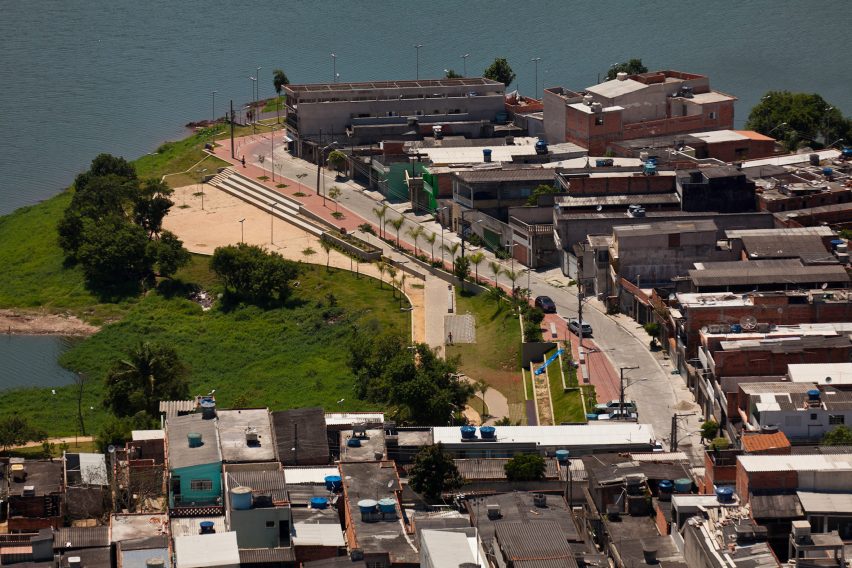
"There was a certain surprise in witnessing the beautiful scenery of the reservoir, contrasting with the precariousness of the settlements and the limited leisure opportunities established between the local population and the water," studio founder Marcos Boldarini told Dezeen.
"The opportunity presented itself in the possibility of leveraging the proximity to water to create leisure and recreational spaces, promoting greater interaction of the population with the water."
Moving further inland, new roads, alleyways and stairways were introduced to provide better access throughout the complex and between its outer edges and the new reservoir park, based on the routes that already existed rather than relying on alterations to the layout or organisation of the site.
For areas of heavy traffic, asphalt was used to create more hardwearing roads, while more pedestrian routes were paved with concrete with a drainage system in the middle so as not to disrupt the doorsteps of the adjacent homes.
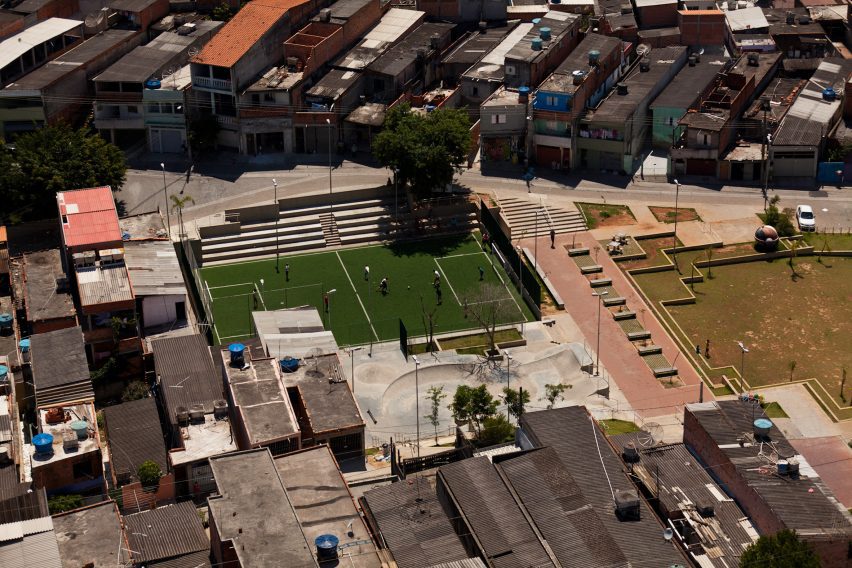
Gestures such as this were an important part of the studio's recognition of these infrastructural elements as not just circulation but as important social and gathering spaces.
"This valuation of public space, understood here as the set of elements capable of supporting the widest range of collective daily manifestations – streets, alleys, squares, parks – tries to rescue the sense of belonging to the city as a basic condition for the development of future generations," said the studio.
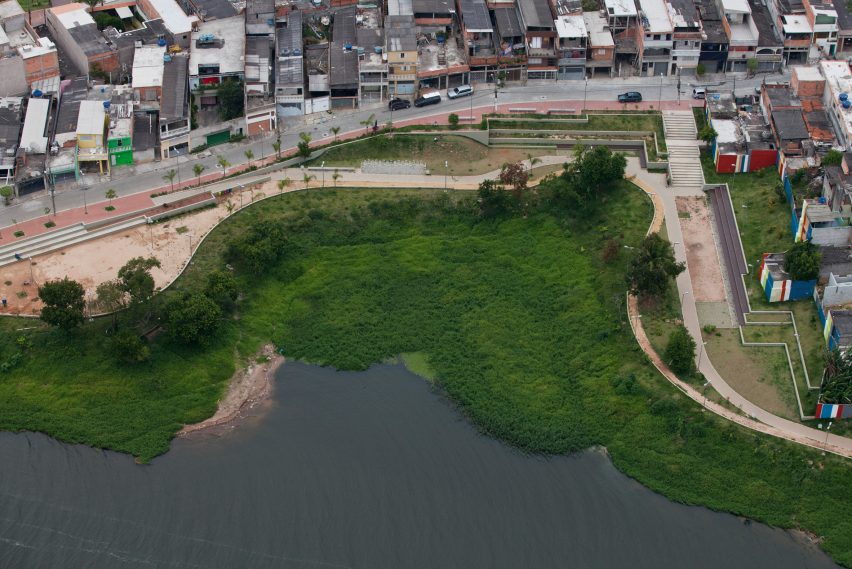
"The Cantinho do Céu intervention has thus been working based on an understanding of the importance of this settlement by virtue of its scale and location in an area which is environmentally strategic for the city of São Paulo," it added.
As a visual signifier of the area's transformation, the facades of the buildings looking out towards the reservoir have been painted in solid colours and striped patterns.
The project is being completed in six phases, with phases three, four and six currently in progress. More than 10,000 families have reportedly benefited from improved living conditions so far.
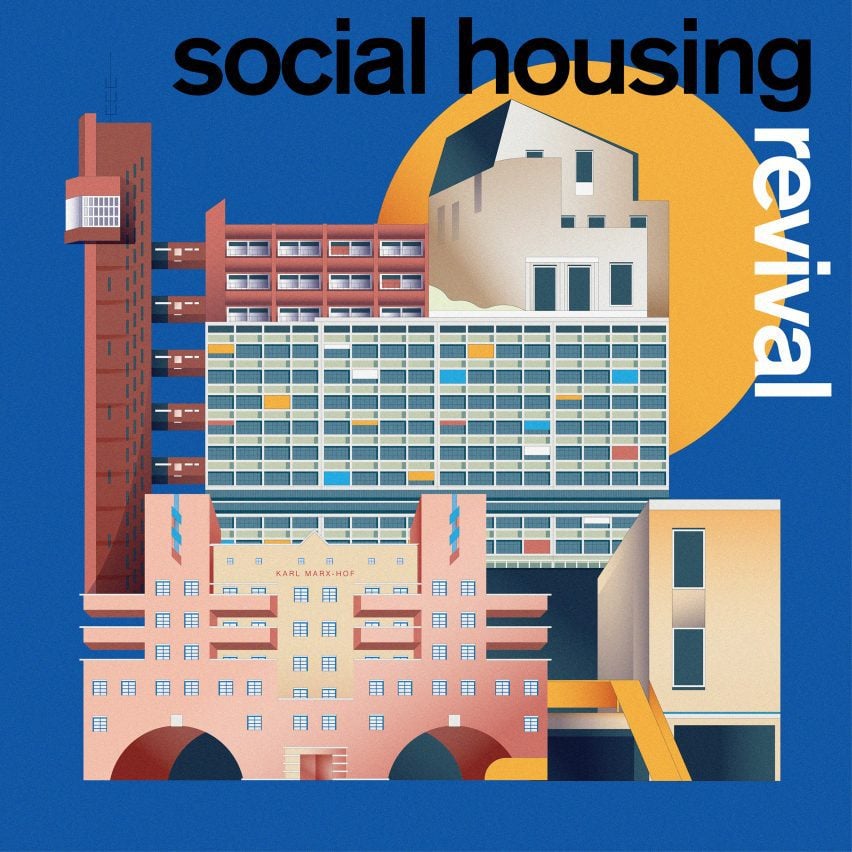
Social Housing Revival
This article is part of Dezeen's Social Housing Revival series exploring the new wave of quality social housing being built around the world, and asking whether a return to social house-building at scale can help solve affordability issues and homelessness in our major cities.